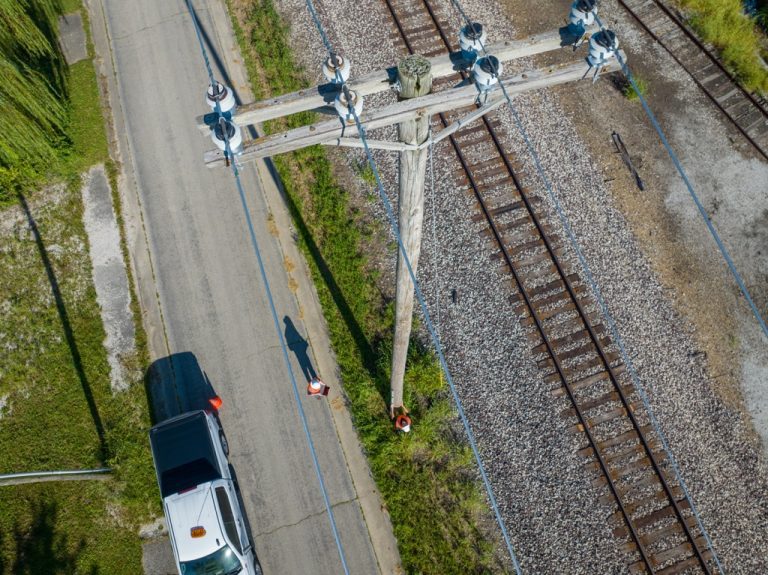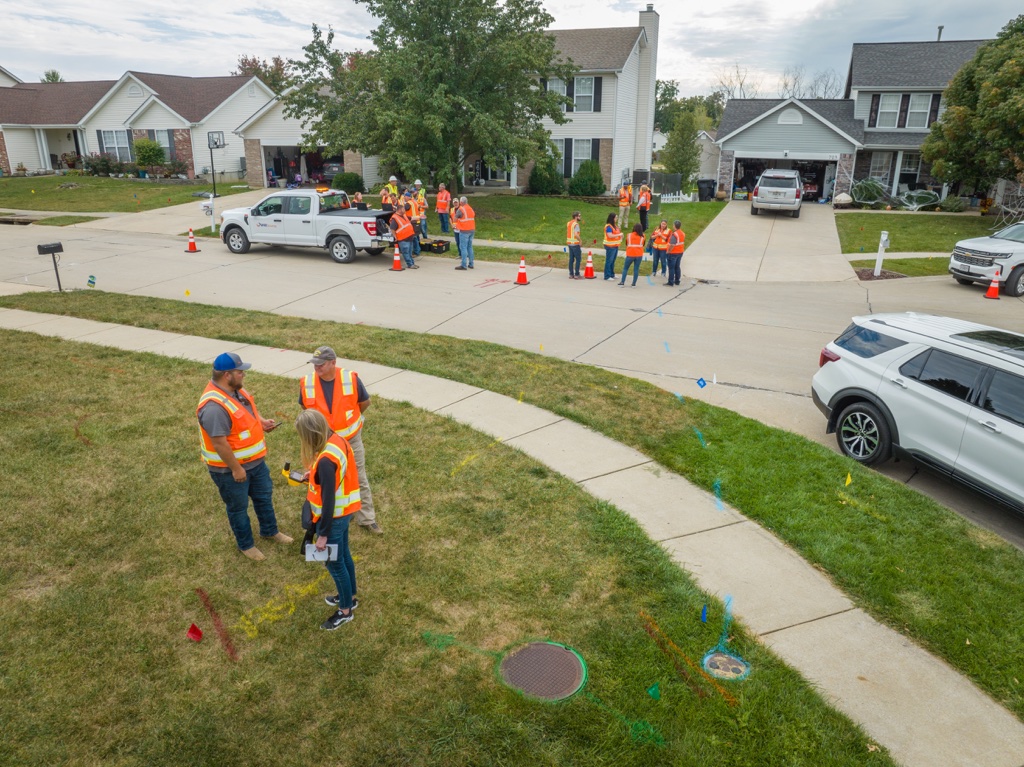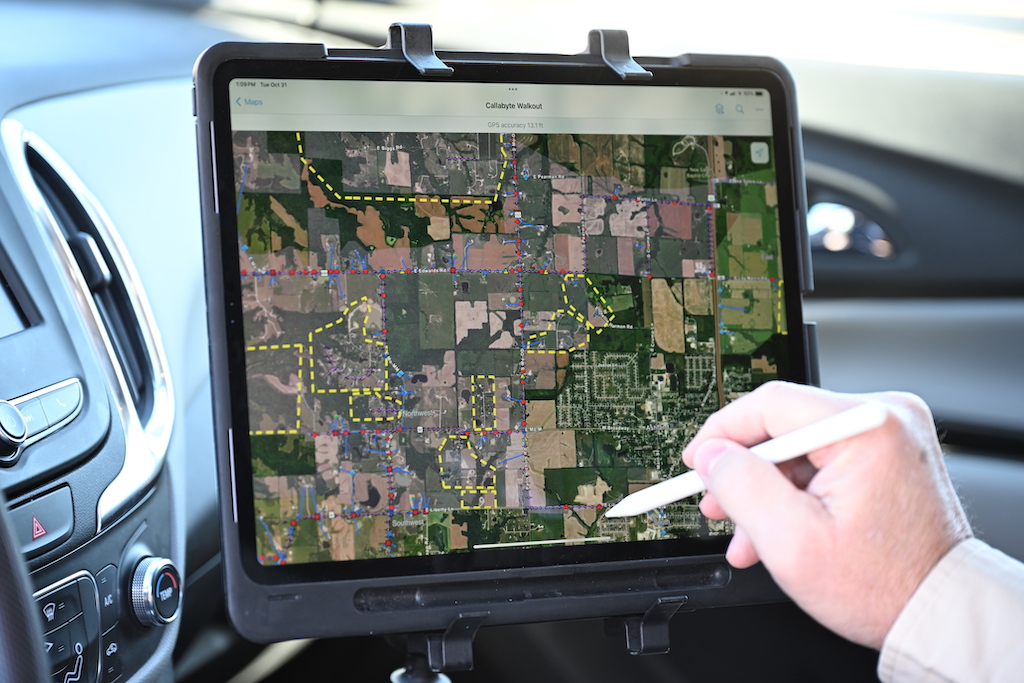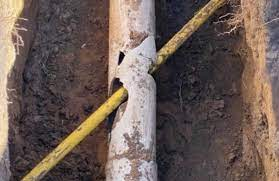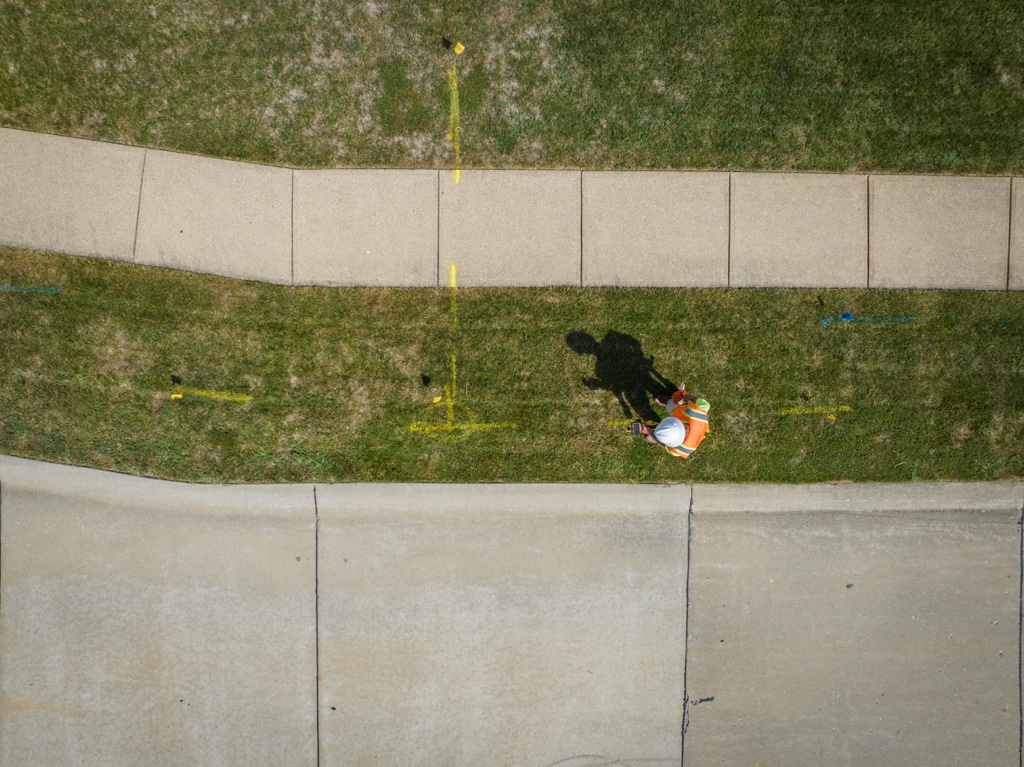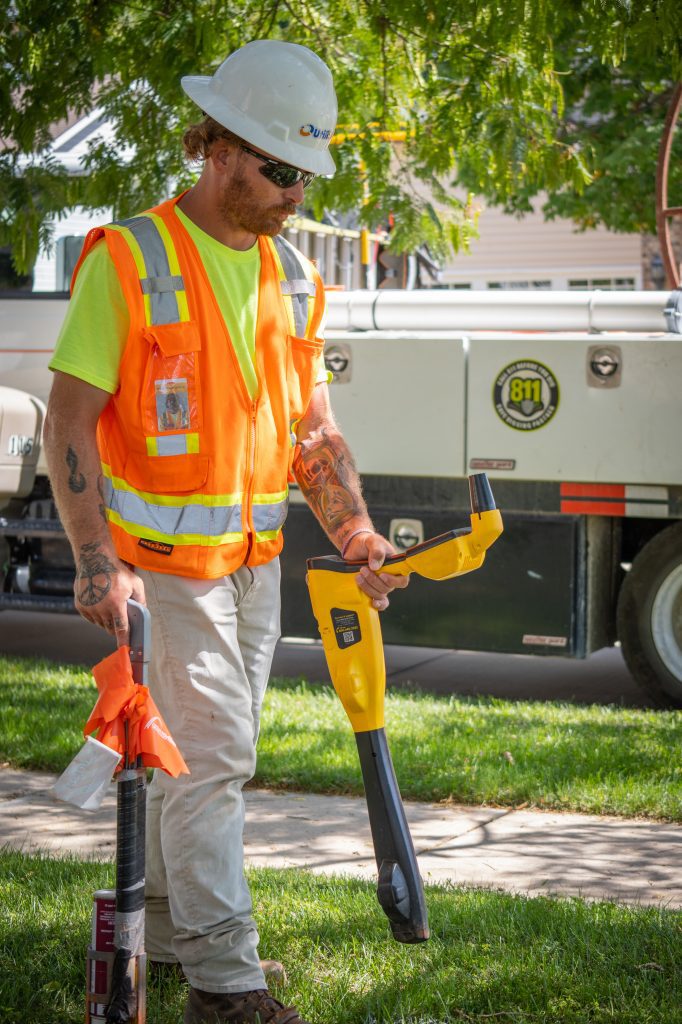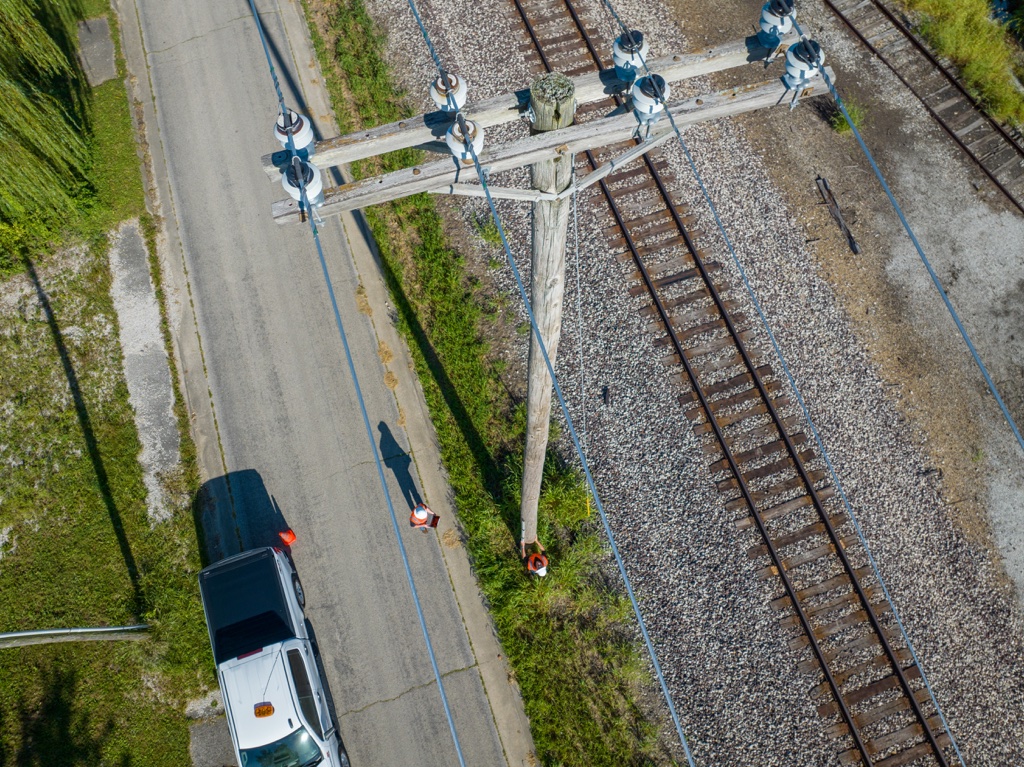If you take a look outside, you will see telephone lines and electric lines above your head. Did you know that all of these utilities can be safely housed underground instead? Continue reading this guide to learn more about the advantages of underground lines that go beyond aesthetics.
- Better Looking and Better Land Use
By choosing to bury lines instead of opting to overhead power lines, you will improve the look of the area. Overhead lines clutter the landscape and power lines are unsightly. By burying utility lines, you can preserve scenic views and preserve the area.
In addition, moving utilities underground lets the area we see be utilized better. This land could be used for parks and gardens. It could be used to preserve nature. It can even increase property values as well.
- Safety
Beyond looks, underground utility lines are considered to be much safer than overhead ones. Buried lines are less likely to be damaged by inclement weather or natural disasters. Overhead power lines are at risk of the environment, such as fallen trees or high wind.
By burying power lines, you reduce the risk of service disruption or power outages due to downed lines and they can even help prevent wildfires and other fires.
- More Cost Effective
In addition, underground lines are easier to maintain and will reduce maintenance costs. Because the utility lines are buried, they have less of a risk of damage, which reduces repair costs over time.
Repairing and maintaining overhead lines is expensive. These lines are exposed to the elements and equipment will weather over time. In addition, they can be damaged from high winds, fallen trees, and other circumstances more easily than underground lines.
In addition, utilities located above our heads are more difficult to access and need more specialized equipment and more labor. In addition, maintenance workers are put at risk of injury when trying to repair these lines.
Another drawback of overhead power lines is that each pole only has a set amount of space on it. That means it can be very expensive to expand or upgrade existing systems. As demand for utilities increases, it is not easy to expand the reach of the infrastructure.
- Reliability and Capacity
Underground power lines are more reliable than overhead lines. For many of the same reasons listed above, they are less likely to be damaged from bad weather or other extenuating circumstances.
Common Challenges to Buried Utility Installation
There are a few challenges to moving utilities underground. The first is cost. Due to the existing infrastructure being overground, it can be expensive to transition to buried lines. In addition, they may interfere with existing underground utilities such as gas and water and require a time-consuming, labor intensive process to install.
In addition, lines must be properly mapped and marked to ensure public safety. That’s where companies like UtiliSource come in. We are able to efficiently and accurately locate and map underground utilities. In any project that requires excavation, contact us today to learn more about our locate services. Underground utility mapping helps aid in reliable infrastructure and keeps utilities running.
In Summary
Moving utility lines underground is extremely beneficial to communities. From increasing reliability to reducing maintenance costs, underground lines offer a variety of advantages.

